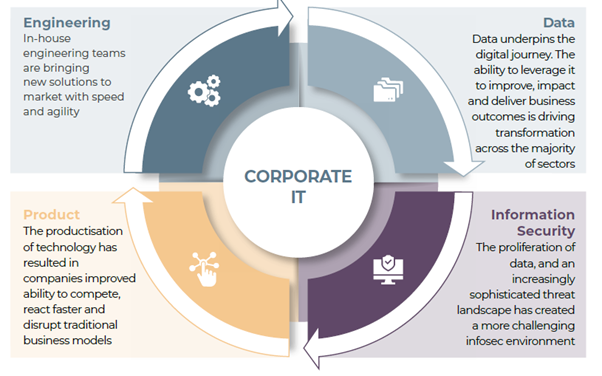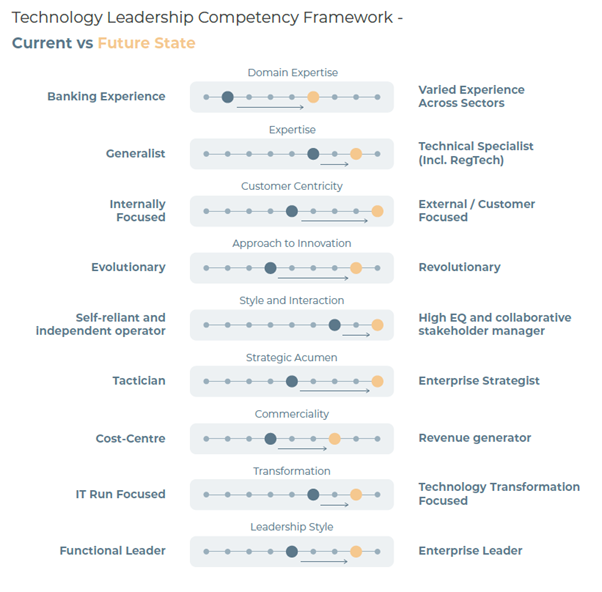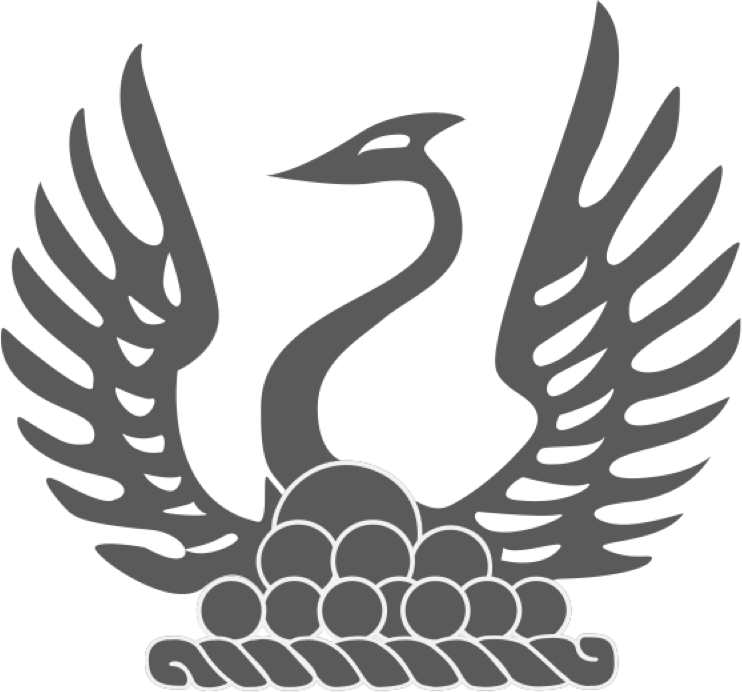
Organisations in Flux
Companies worldwide are navigating a profound digital transformation driven not only by emerging technologies such as artificial intelligence (AI), cloud, blockchain, the Internet of Things (IoT), and analytics, but also by powerful macroeconomic and geopolitical forces reshaping industries at unprecedented speed. Economic uncertainty, evolving regulatory landscapes, geopolitical tensions, and shifting consumer behaviours are accelerating the imperative for agility and innovation.
In this rapidly evolving environment, the roles of Chief Information Officers (CIOs) and Chief Technology Officers (CTOs) are being fundamentally redefined. No longer confined to managing technology infrastructure, these leaders are now strategic architects guiding organisations through complexity and disruption. Their responsibilities encompass:

CRITICAL AREAS OF CHANGE
Strategic Technology Leadership: technology leaders across almost all industry sectors are now expected to set a digital agenda that directly aligns technology investments with organisational strategy. Their influence extends beyond traditional IT management to shape value creation across the entire firm.
(Gen)AI, Automation & Data Stewardship: technology leaders must oversee the integration of AI and generative AI for smarter automation, risk management, and hyper-personalised customer experiences that deliver ROI. They must also build robust data and AI governance frameworks to ensure data quality, unlock actionable insights, and meet regulatory requirements.
Prioritising Cybersecurity and Compliance: in today’s volatile geopolitical landscape, coupled with increasingly sophisticated and diverse threat vectors, CIOs are intensifying cybersecurity efforts to safeguard sensitive data and uphold customer trust.
Controlling Technical Debt and Optimising Legacy Systems: the integration of new technologies with legacy systems can lead to mounting technical debt. CTOs in many organisations, regardless of industry, must prioritise remediation efforts that impact regulatory compliance, system stability, and customer experience. CIOs must also facilitate API-driven integration with technology companies and third-party services.
Change Management & Workforce Management in an AI Driven World: as automation takes over routine tasks, technology leaders must manage a blended workforce of human professionals and AI agents. This requires new team structures, incentive models, and governance frameworks and control towers that ensure transparency and accountability. Ongoing training is also critical. Technology leaders must invest in building competencies around emerging tools, regulatory frameworks, and data-driven decision-making.
Evolving KPIs and Performance Metrics: emerging technology adoption is becoming a central performance indicator for CTOs. They are increasingly measured on their ability to drive business transformation through technology, requiring a shift from traditional IT dashboards to metrics that reflect innovation and business impact.
THE EVOLVING TECHNOLOGY ORGANISATION
The increasing adoption of emerging technologies across many sectors has driven a transformation in how technology functions are structured. Many traditional technology organisations are shifting away from legacy infrastructure and application models toward frameworks that support agile responses to market dynamics, focusing on digital transformation.


TECHNOLOGY MATURITY: AN INDUSTRY COMPARISON
Certain industry sectors exhibit greater maturity and strategic sophistication in leveraging technology, yet a unifying theme is clear: nearly every company, regardless of its product or service, is undergoing substantial transformation and facing technological disruption. Consequently, CIOs and CTOs across industries have evolved, or are evolving from tactical, utility-focused IT managers into strategic, transformational leaders who place technology at the very core of business operations. The future of technology leadership is defined by several key characteristics:


TECHNOLOGY LEADERSHIP COMPETENCIES
As digital transformation continues to reshape businesses, it is also redefining the capabilities expected of high-performing technology executives. Today’s technology leaders are required to demonstrate:


CONCLUSION
Technology leadership is entering a pivotal phase across all sectors, as organisations confront heightened uncertainty, shifting market dynamics, and accelerating digital disruption (particularly with the rapid evolution of GenAI). In this environment, technology can no longer be viewed solely as a means of efficiency, but as a critical driver of resilience, productivity, and sustainable value creation. This evolution demands a redefinition of leadership: executives must transcend the traditional confines of technology and infrastructure management and position themselves as architects of transformation, capable of integrating digital strategy with the core ambitions of the business.
Navigating this complex landscape requires a careful balance, fostering agility without losing governance, advancing innovation in the face of regulatory pressures, and driving transformation while safeguarding organisational stability. What will set effective technology leaders apart is their ability to orchestrate collaboration across functions, anticipate and respond to disruption proactively, and embed digital capabilities at the heart of enterprise strategy.
Ultimately, the future of industries will be shaped not simply by the adoption of new technologies, but by the strategic vision and acuity of those leaders who harness digital innovation to redefine competitive boundaries and unlock new opportunities.
If you’re interested in exploring this topic further, or would like to discuss how Per Ardua can support you through leadership advisory or executive search services, please feel free to reach out to any of the following contacts:












